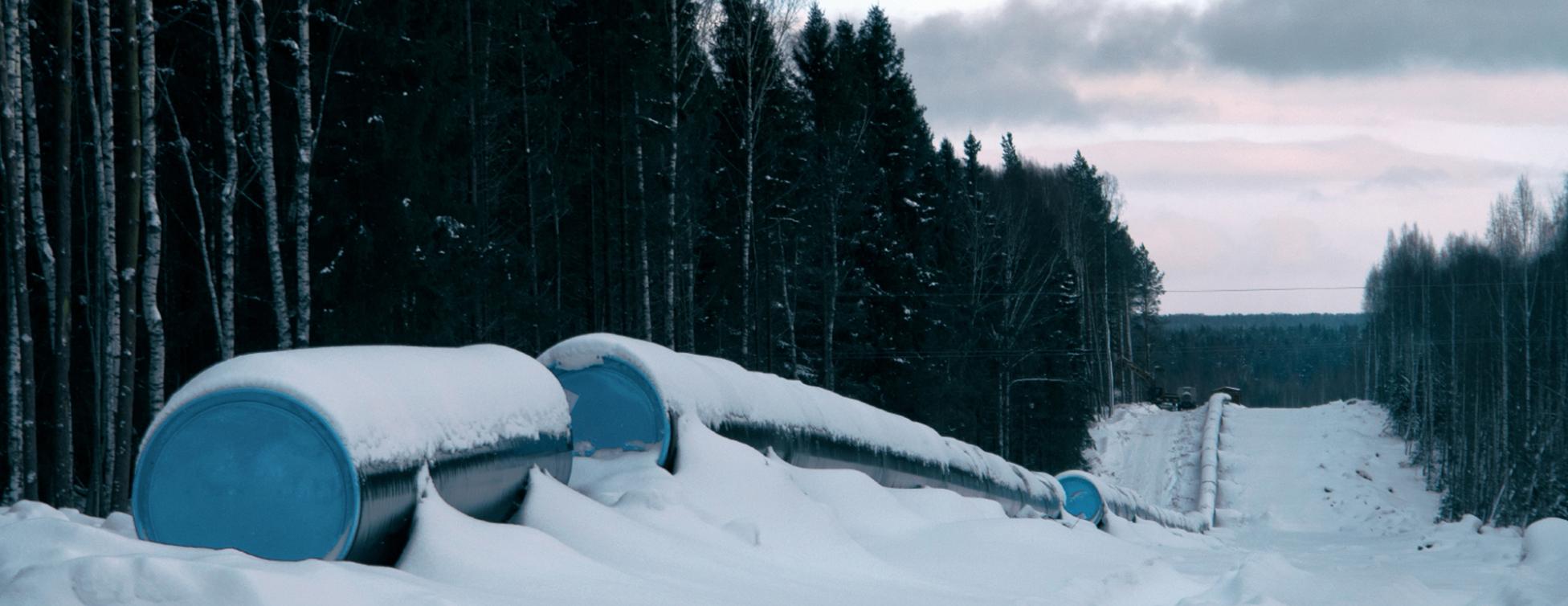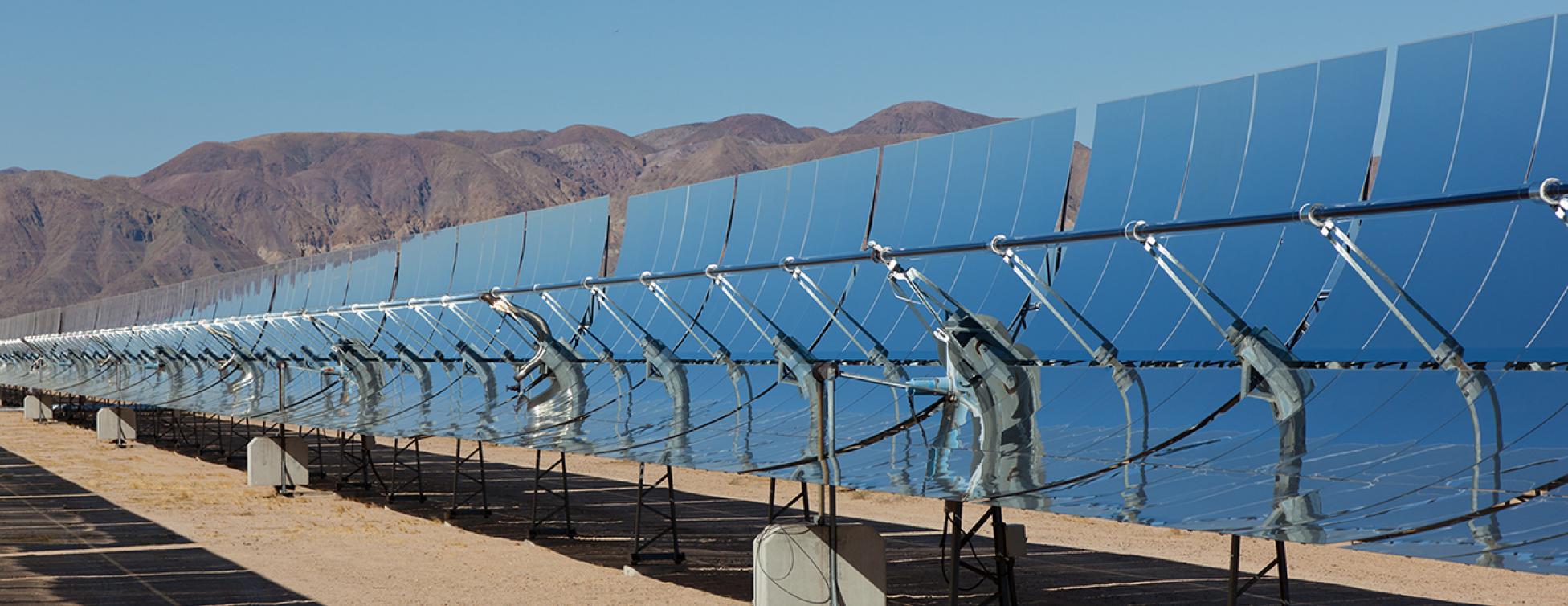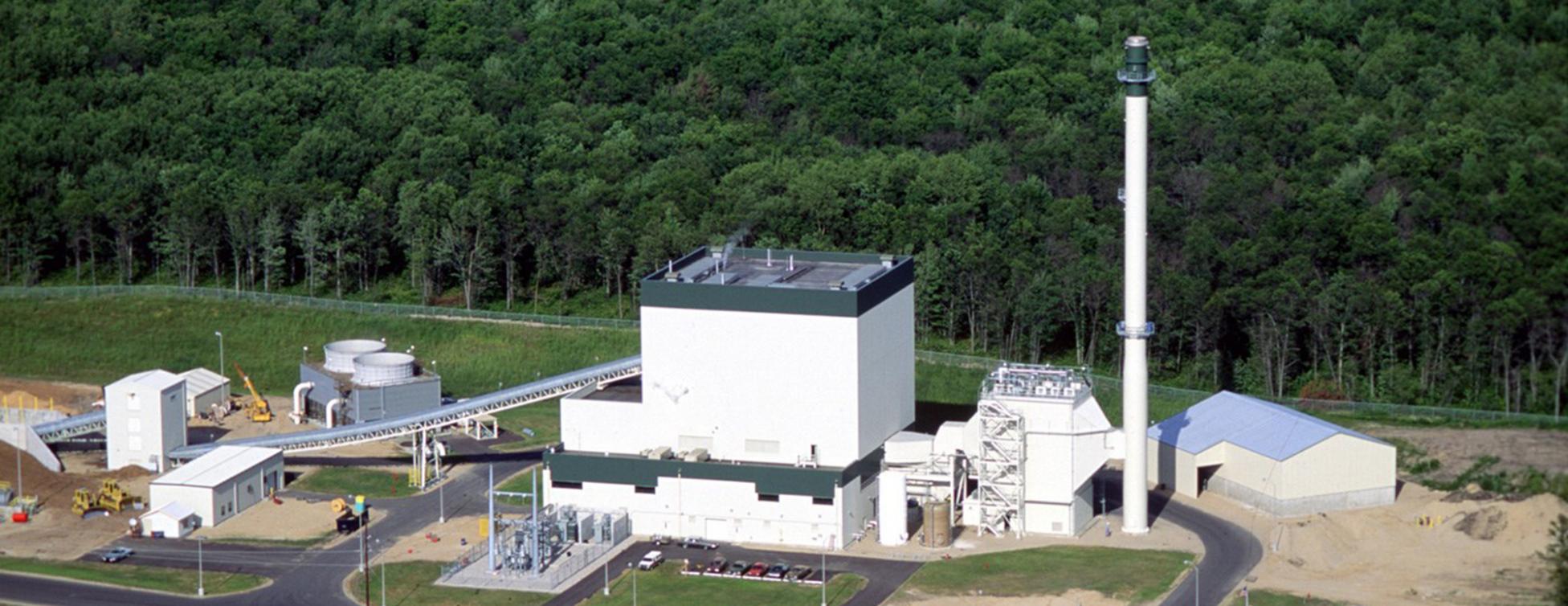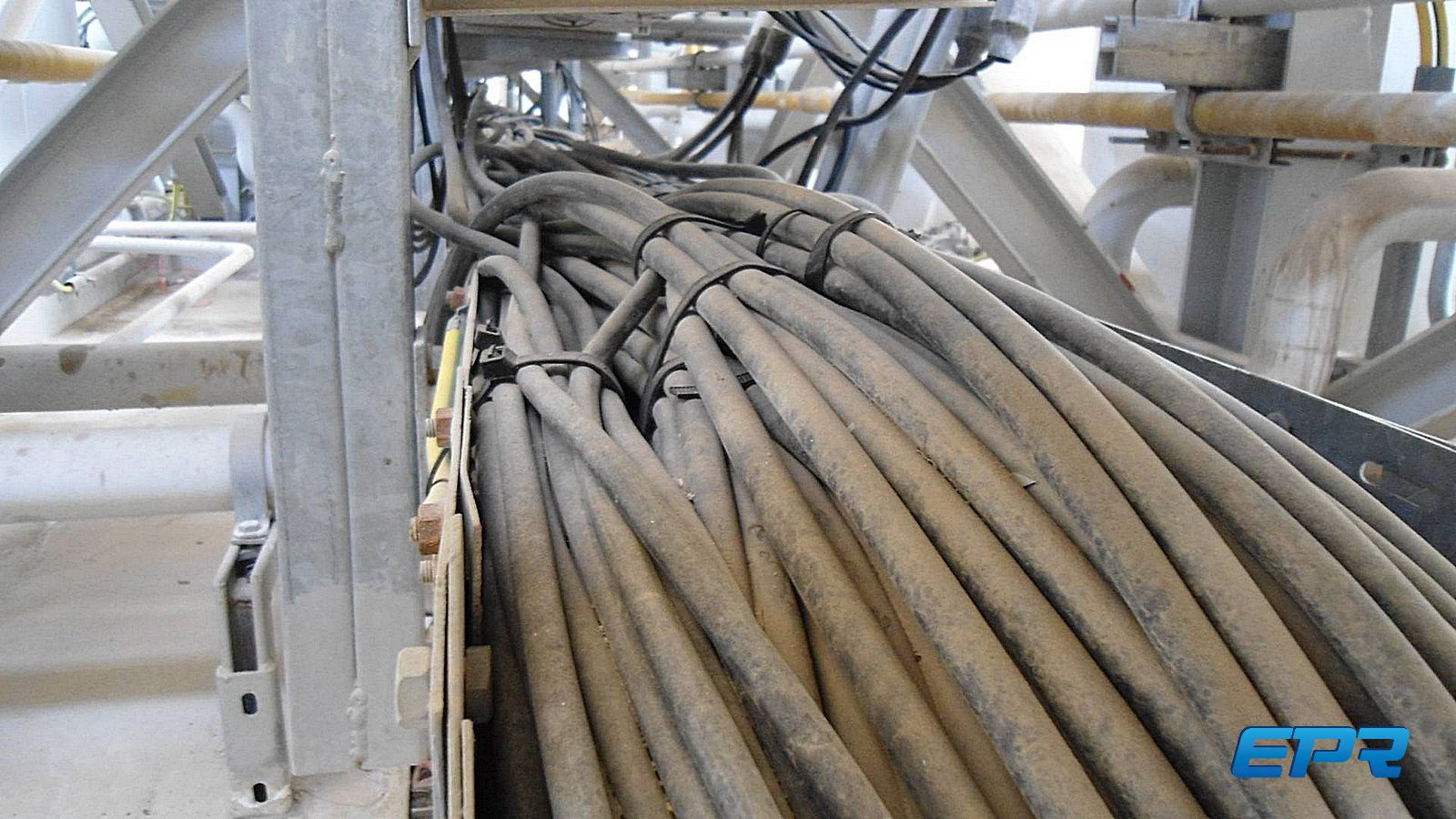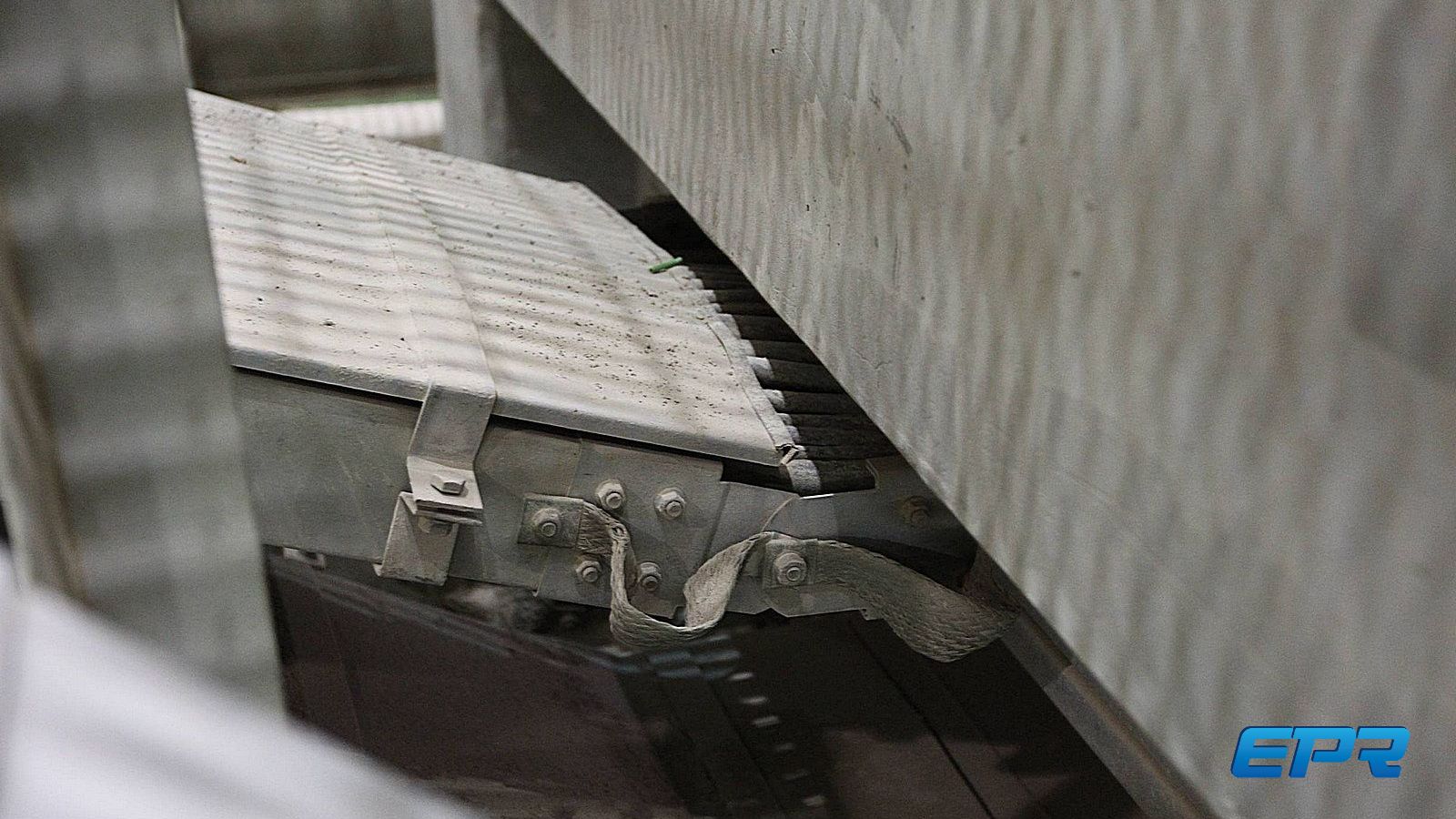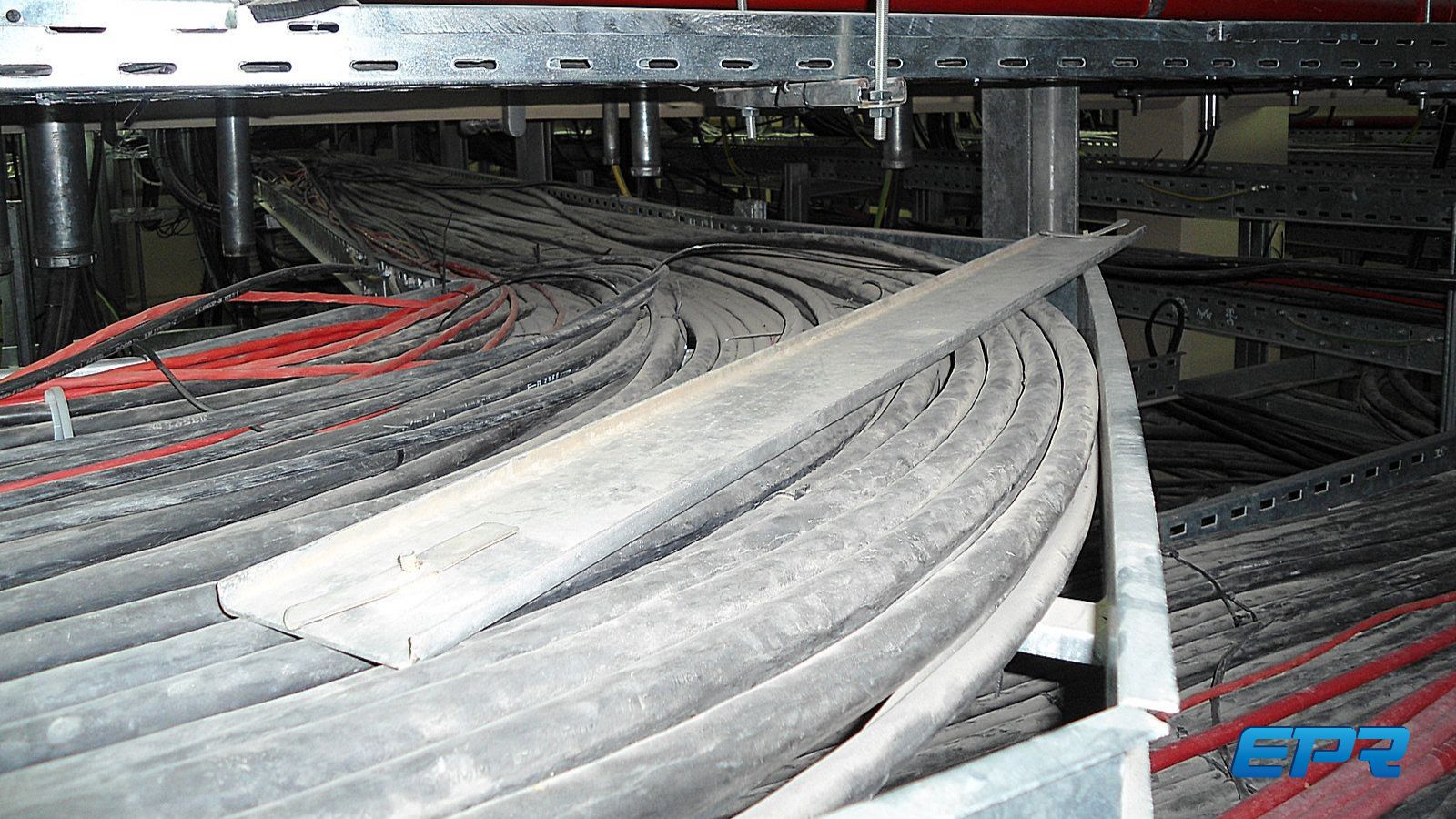Tray Fill
While the subject of this post is specifically cable tray fill, the volume of defects is almost limitless in the photos. As a side note, these are new plants and, in some cases, not to COD.
To start, cable trays are usually limited to 40% of cross-sectional area as the maximum allowable cable fill. There are exceptions to this requirement, but those exceptions did not pertain to the subject plants. There are heat dissipation and overloading concerns with trays that have excess fill.
In one of the plants indicated in these photos a 5kV cable tray collapsed during final stretch of commissioning a power block which caused a 3-4 months setback to the block COD schedule. This is a real example where excess load played a factor in a materially costly event.
In addition, the photos show instances where supports are also missing according to NEMA VE-2, which compounds an overloading condition. Further, there are cables hanging over tray rails, missing and defective grounding, bent and sagging tray rungs, no voltage separation, cable transitions with no drop-out fittings, no code stipulated OEM labels, debris inside trays, and other serious deficiencies. Of course, the code indicated tie-down intervals are ignored.
Cable trays are engineered systems that codes and standards require to be installed with attention to detail as provided by the tray manufacturer. EPR has thousands of similar photos, many worse… Fires in tray (cable vaults) can be extremely costly and very easy to avoid when proper installation practices are followed.
Minimal cost but takes some planning and trained crews.
In many cases this condition cannot be repaired short of removing all the cables and starting over.



